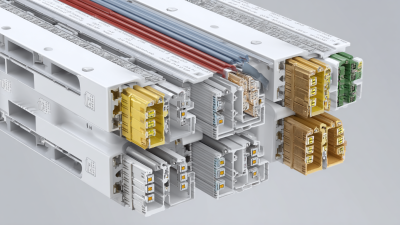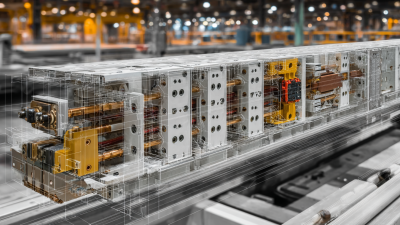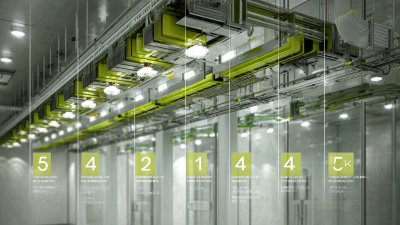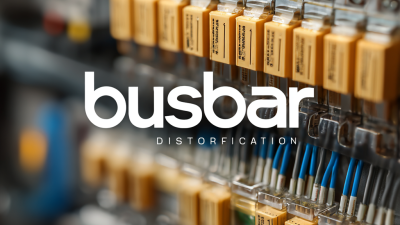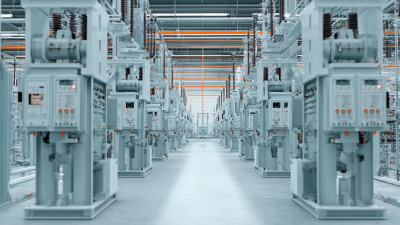Leave Your Message
-
Phone
-
E-mail
-
Whatsapp
-
Whatsapp


As the global market for lighting solutions continues to expand, the 2025 China Import and Export Fair, also known as the 138th Canton Fair, emerges as a pivotal platform for showcasing innovative trends in Lighting Busbar technology. According to a recent report by Research and Markets, the global busbar systems market is projected to reach USD 6.3 billion by 2026, with innovative lighting solutions playing a significant role in this growth. The rise in demand for energy-efficient and sustainable lighting systems drives developments in Lighting Busbar applications, enabling more effective power distribution and installation flexibility. With China's ongoing investments in smart infrastructure and sustainable development, the fair is poised to highlight cutting-edge Lighting Busbar solutions that resonate with the evolving needs of the industry. This event is not only an opportunity for industry professionals to network but also a crucial venue to explore the future of energy-efficient lighting technologies.
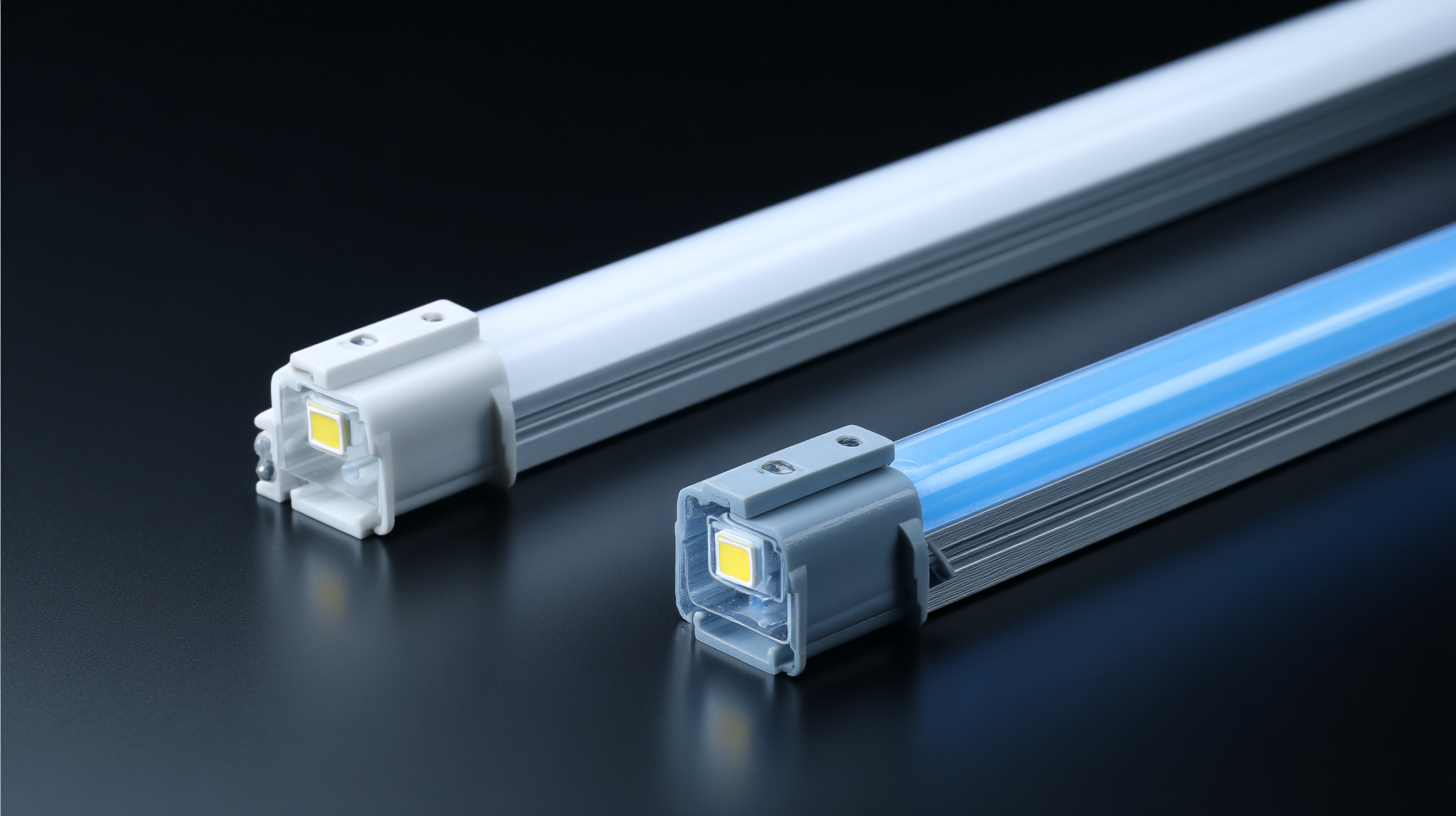
At the 2025 China Import and Export Fair, the spotlight on innovative trends in lighting busbar solutions underscores a growing commitment to energy efficiency technologies. One of the most significant advancements in this arena is the integration of lighting solutions within smart infrastructure. This synergy not only enhances power distribution but also improves energy management in commercial and residential spaces, aligning with global sustainability goals.
Emerging technologies in lighting busbar solutions are also responding to the rising demand for electrification in various sectors, including electric vehicles. The market is expected to experience substantial growth driven by the need for efficient energy distribution frameworks. The recent trends indicate a shift toward energy storage technologies and smart systems that optimize the use of renewable resources, further enhancing the efficiency of lighting systems. As innovation continues to flourish, stakeholders are prioritizing solutions that contribute to lower energy consumption and more sustainable practices.
The lighting busbar solutions market is anticipated to witness significant growth in 2025, driven by advancements in technology and increasing demand for energy-efficient systems. As urbanization progresses and industries seek innovative ways to enhance efficiency, the market for lighting busbars is expected to expand substantially. Key sectors, such as commercial buildings and transportation hubs, are likely to adopt these solutions to optimize power distribution and improve lighting management.
**Tips:** When considering lighting busbar solutions, businesses should focus on compatibility with existing systems to ensure a seamless transition. Investing in adaptable designs can also provide long-term benefits, as these systems can adjust to future technological changes without requiring a complete overhaul.
Further, regional trends indicate a surge in demand from emerging markets, where infrastructure development is a priority. Manufacturers are advised to tailor their offerings by incorporating smart technology and eco-friendly materials to cater to this expanding market segment.
**Tips:** Conducting a thorough market analysis can help businesses identify specific needs in different regions, enabling them to position their products effectively. Collaborating with local partners can also enhance market penetration and customer engagement.
| Dimension | 2023 (Projected) | 2024 (Projected) | 2025 (Projected) |
|---|---|---|---|
| Market Size (Million USD) | 150 | 190 | 230 |
| Growth Rate (%) | 15% | 20% | 20% |
| Technology Adoption Rate (%) | 25% | 30% | 40% |
| Number of New Products Launches | 10 | 15 | 20 |
| Online Sales (%) | 10% | 15% | 25% |
At the forefront of the lighting industry, the 2025 China Import and Export Fair showcased groundbreaking innovations in busbar solutions that are set to redefine efficiency and aesthetics. A significant shift in the market is the integration of advanced materials such as aluminum composites and polymer-based conductors. According to a report by MarketsandMarkets, the global busbar market is expected to reach $18.4 billion by 2026, propelled by these innovative materials that provide enhanced conductivity while minimizing weight and optimizing thermal management.
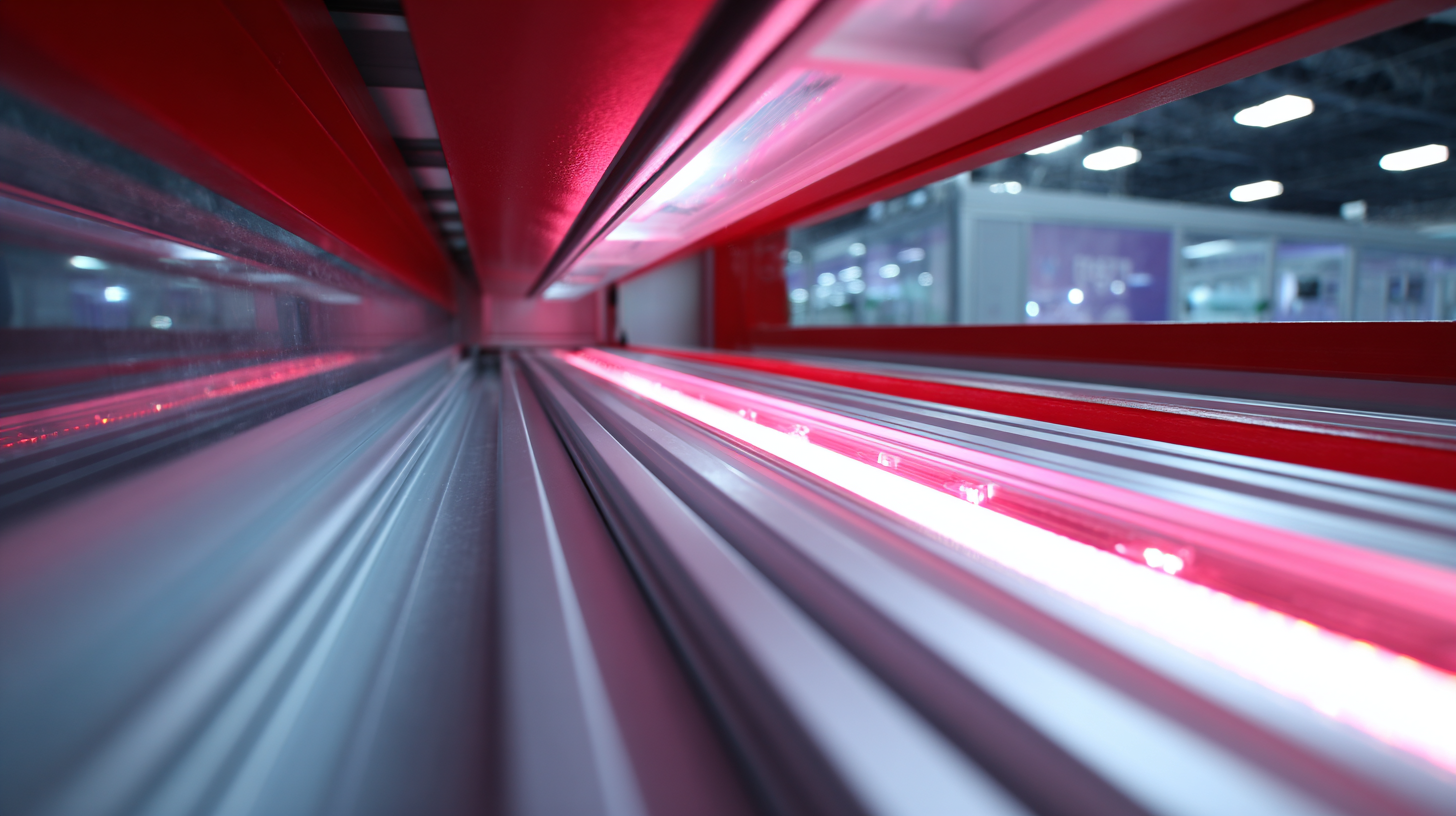
Design plays a crucial role in the evolution of busbar lighting solutions as well. The adoption of modular designs allows for flexible installations, catering to diverse architectural needs and energy efficiency requirements. As highlighted in the 2023 Lighting Industry Annual Report, the demand for customizable lighting solutions is projected to grow by 22% over the next three years. This trend illustrates a shift towards personalized lighting experiences, fueled by the use of smart technologies and sustainable materials that align with environmental goals, such as reduced carbon footprints and energy consumption.
At the 2025 China Import and Export Fair, innovative lighting busbar solutions took center stage with a remarkable showcase of advanced technologies. Case studies demonstrated the successful implementation of these systems across various sectors. Reports indicate that energy-efficient lighting busbar systems can reduce energy consumption by up to 30%, significantly cutting costs in commercial buildings and industrial facilities. Companies that adopted these technologies not only enhanced their operational efficiency but also improved their environmental footprint.
One notable implementation was witnessed in the automotive manufacturing sector, where a prominent company integrated lighting busbars to streamline their assembly line. By utilizing these systems, they achieved a 25% reduction in installation time while maintaining optimal lighting conditions. Such advancements underline the importance of adopting innovative solutions to enhance productivity and safety in high-demand environments.
Tips: When considering lighting busbar solutions, assess your space requirements and energy goals. Collaborate with experienced manufacturers to ensure optimal system design and installation. Regular maintenance checks can further extend the lifespan of these systems, maximizing your investment in cutting-edge lighting technology.
The 2025 China Import and Export Fair promises to showcase innovative trends in lighting busbar solutions, particularly focusing on sustainability and regulatory compliance. As the demand for energy-efficient power distribution continues to rise, the busbar trunking system market is expected to grow significantly, projected to reach a market size of approximately XX billion by 2034. This increase is driven by the integration of busbar systems with smart infrastructure and building management systems, enabling more effective monitoring and resource management.
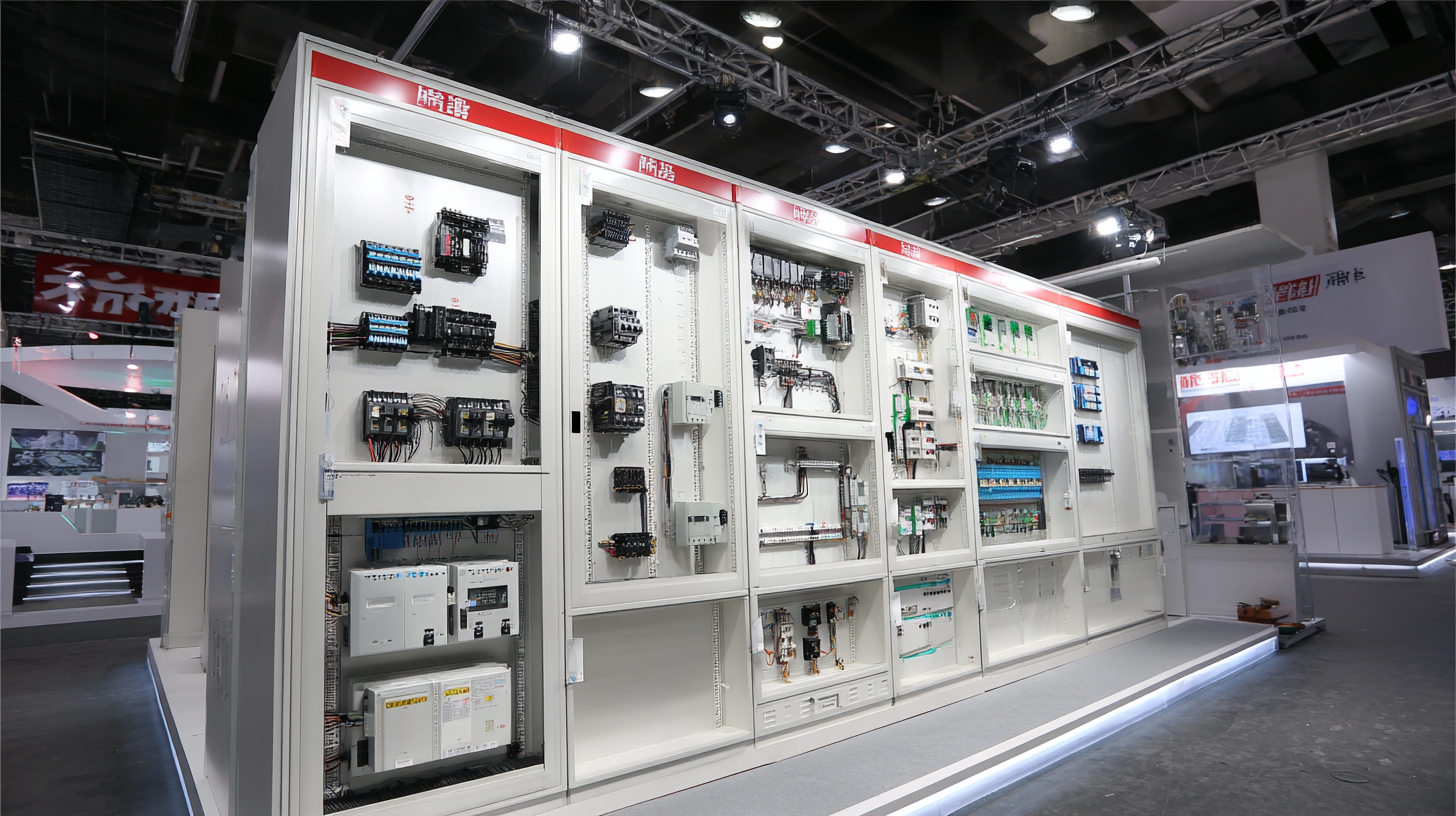
In recent years, the push for sustainability within the lighting industry has led to the development of environmentally friendly busbar solutions. Manufacturers are now prioritizing materials and technologies that minimize energy consumption and reduce carbon footprints, all while complying with increasingly stringent regulations. Leading industry reports indicate that solutions designed with sustainability in mind are likely to capture a larger share of the market, reflecting a broader trend towards eco-conscious practices in electrical infrastructure. As we approach 2025, it is clear that regulatory compliance and sustainability will remain at the forefront of lighting busbar innovations, influencing design and operational standards in the sector.

